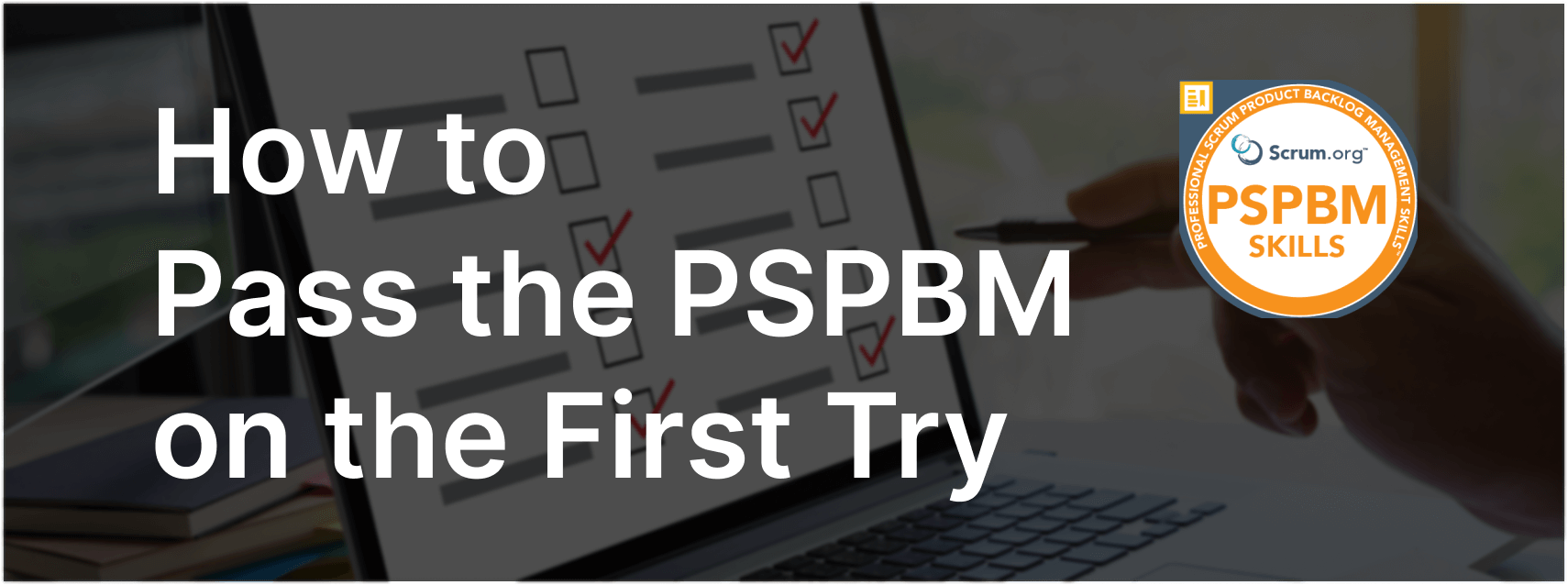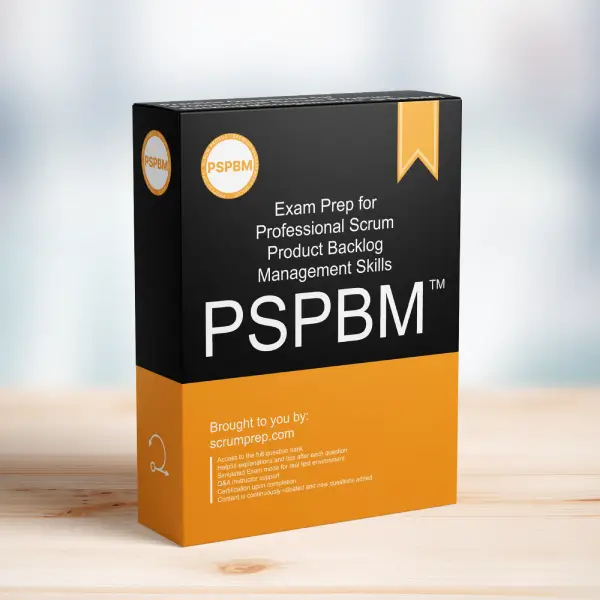Managing Stakeholder Expectations for Release Dates
When stakeholders request definitive answers about release dates and features, it is essential for the Product Owner to manage their expectations appropriately. This involves providing information transparently while avoiding promises that the Scrum Team may not be able to keep.
Exam Question
Stakeholders are asking the Product Owner for definitive answers regarding the next release date and what features will be in it. Which of the following should the Product Owner do?
(choose the best answer)
A. Use flow-based metrics to calculate the exact delivery date.
B. Decide which features to include and tell the Developers when they need to be finished.
C. Create a roadmap from the Product Backlog without implying certainty.
D. Use velocity to give them an exact date.
Correct Answer
C. Create a roadmap from the Product Backlog without implying certainty.
Explanation
Correct Answer
C. Create a roadmap from the Product Backlog without implying certainty:
The Product Owner should create a roadmap that outlines the planned features and approximate timelines based on the current state of the Product Backlog. It is crucial to communicate that these dates are tentative and subject to change based on the progress and any unforeseen circumstances. This approach maintains transparency and keeps stakeholders informed without making concrete promises that could be difficult to uphold.
Why the Other Options Are Incorrect
A. Use flow-based metrics to calculate the exact delivery date:
While flow-based metrics can provide insights into the team’s progress, they should not be used to calculate exact delivery dates. The inherent uncertainty in complex projects makes it challenging to predict exact dates accurately.
B. Decide which features to include and tell the Developers when they need to be finished:
This approach undermines the collaborative nature of Scrum and places undue pressure on the Developers. It also does not account for the variability and complexity of the work, which can lead to missed deadlines and reduced quality.
D. Use velocity to give them an exact date:
Velocity can help estimate the team’s capacity, but it should not be used to provide exact dates. Velocity can fluctuate due to various factors, and relying on it for precise predictions can lead to inaccurate commitments.
Relevance to the PSPBM Skills Exam
Understanding how to manage stakeholder expectations and communicate effectively about release planning is crucial for the PSPBM Skills exam. It demonstrates the Product Owner’s ability to balance transparency with the inherent uncertainty of complex product development.
Key Takeaways
- Creating a roadmap provides a clear plan while allowing flexibility.
- Avoid making definitive promises about release dates and features.
- Use velocity and flow-based metrics as guiding tools, not for exact predictions.
- Effective communication with stakeholders is essential for managing expectations.
Conclusion
Managing stakeholder expectations involves creating a transparent and flexible roadmap. For more information on preparing for the PSPBM Skills exam, visit our Professional Scrum Product Backlog Management Skills PSPBM™ Exam Prep.



